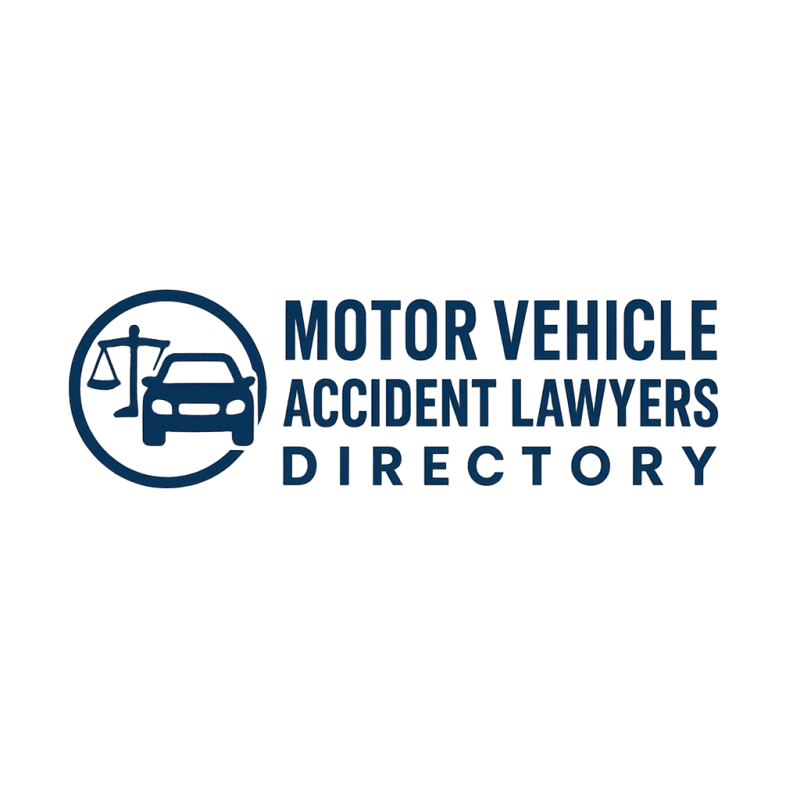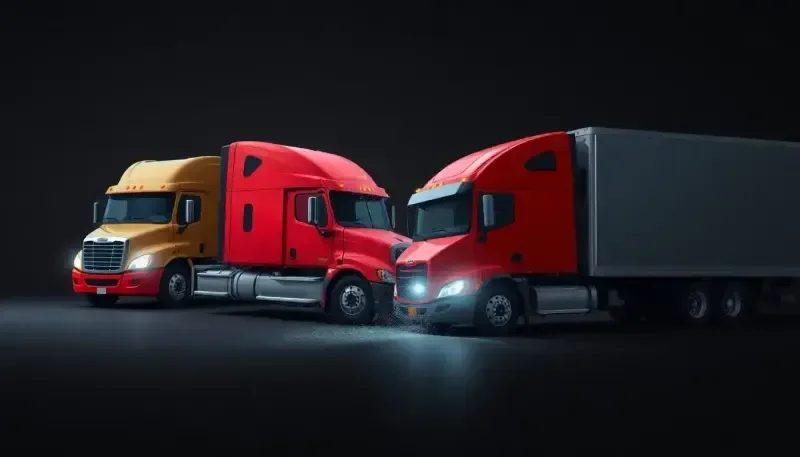Collisions involving commercial vehicles can lead to devastating consequences, both physically and emotionally. Understanding how to navigate the aftermath of such incidents is crucial for your well-being and legal rights. This guide outlines essential steps to take if you find yourself in this unfortunate situation, ensuring you are well-equipped to handle the complexities that follow.
Overview and severity of commercial vehicle collisions
A collision with a commercial vehicle can result in catastrophic injuries and significant property damage. The weight disparity is staggering, as a typical passenger car weighs around 5,000 lbs, while a semi-truck can weigh up to 80,000 lbs. This massive difference in weight often leads to severe outcomes for those involved in such accidents.
While collisions between commercial vehicles and passenger cars account for only about 3% of all vehicle accidents, they are responsible for nearly 70% of fatalities in road incidents involving large vehicles. Furthermore, statistics show that approximately 80% of individuals in smaller vehicles involved in these collisions suffer from debilitating injuries, which can include:
- Traumatic brain injuries
- Spinal cord injuries
- Fractures and severe soft tissue injuries
- Internal organ damage
- Psychological trauma
Essential steps to take after a collision
If you're involved in a collision with a commercial vehicle, knowing the right steps to take can significantly impact your recovery and legal standing. Here’s a clear guide to help you through this challenging time.
Step 1: Seek medical help for yourself and others
Your health should always be your first priority. If you or anyone else involved in the collision is injured, call for medical assistance immediately. Prompt medical attention is crucial, as some injuries may not present symptoms right away but can become serious without treatment.
Step 2: Call the police
After ensuring everyone's safety, if you haven't already contacted emergency services, dial 911 to report the accident. An official police report is vital as it serves as an unbiased account of the incident, which can help substantiate your case during negotiations or in court. Make sure to obtain a copy of this report for your records.
Step 3: Gather information and evidence
Collect as much information as possible regarding the accident. Important details to gather include:
- Names and contact information of all drivers and witnesses
- Insurance information from the trucking company
- License plate numbers
- Details of the vehicles involved
Document the scene thoroughly by taking photographs of the vehicles, road conditions, and any visible damages. This evidence can be critical in supporting your claim.
Step 4: Seek further medical evaluation
Even if you feel fine immediately following the accident, it’s essential to seek a comprehensive medical evaluation. Some injuries, such as soft tissue damage or internal injuries, may not be immediately apparent. Addressing these injuries promptly can aid in recovery and strengthen your case.
Step 5: File your insurance claim
As soon as possible, contact your own insurance company to file a claim. Be prepared to provide details about the accident, including:
- Your policy number
- The date and time of the accident
- A description of how the accident occurred
While it’s important to inform your insurer, avoid discussing fault or signing any release forms until you’ve consulted with an attorney. This protects your rights and ensures that you do not inadvertently harm your case.
Step 6: Be cautious when communicating with insurance companies
In the days following the accident, you may be contacted by an insurance adjuster representing the other party. It’s vital to approach these conversations with caution. Their inquiries may be designed to elicit statements that could undermine your claim. Here are some tips:
- Avoid giving recorded statements without legal counsel.
- Do not share private medical records unless advised by an attorney.
- If offered a quick settlement, consult with a lawyer before accepting.
Step 7: Call the experienced attorneys at DeVaughn James
Navigating the complexities of dealing with insurance claims, especially after a commercial vehicle accident, can be overwhelming. Insurance companies often aim to minimize compensation, even in cases of clear injuries. The attorneys at DeVaughn James Injury Lawyers specialize in handling commercial vehicle accident cases. They will advocate for your rights and pursue the maximum compensation you deserve, allowing you to focus on recovery.
Common causes of road accidents involving commercial vehicles
Understanding the root causes of these collisions can help in preventing future incidents. Some of the most common causes include:
- Driver fatigue
- Distracted driving (e.g., texting or using a mobile device)
- Speeding
- Improper vehicle maintenance
- Driving under the influence of drugs or alcohol
What to do if you're injured in a collision
In the aftermath of a collision, it’s imperative to understand your rights and the appropriate steps to take. Beyond the immediate medical attention, your legal recourse may involve:
- Documenting all medical treatments and expenses
- Keeping records of lost wages due to injury
- Monitoring ongoing health issues related to the accident
Helpful resources for accident victims
Victims of commercial vehicle accidents can benefit from various resources. Here’s a list of helpful contacts:
- National Highway Traffic Safety Administration (NHTSA) - Provides safety information and accident statistics.
- USA.gov - A government resource for finding legal aid and consumer protection information.
- American Bar Association - Offers resources for finding legal representation.
For more visual insights into the impacts of collisions involving commercial vehicles, consider watching this informative video:

